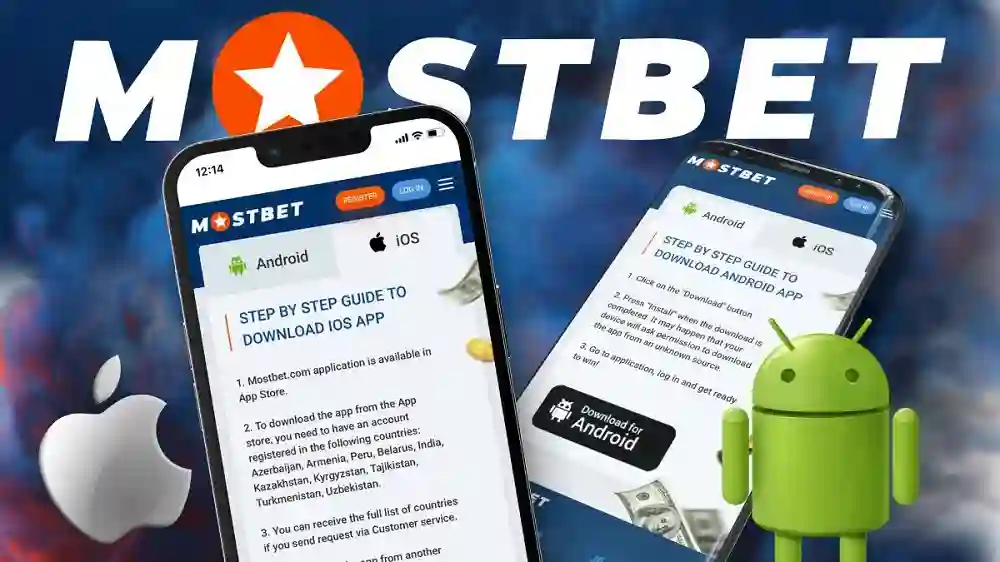
How to Create a Software Application Step by Step in 2023
Building any multifunctional software application from scratch can be a daunting task. It requires serious project management and marketing skills, not to mention the patience of a saint. However, it can be hugely rewarding and lucrative in the long run. The first step in this process is to define your goals and strategy.
1. Define Your Goals
Goals are vital for software engineering teams because they help them work toward a specific endpoint. Achieving goals leads to happier team members who produce better work.
Effective development goals should be SMART, meaning they are specific, measurable, achievable, relevant and time-bound. Software engineers should also ensure that their goals are tied to a business benefit, such as cost savings or faster client response times. This will keep them from becoming too self-centered or getting lost in the details.
2. Create Wireframes
Using wireframing software allows you to create example designs that are more precise than those drawn by hand. These examples should focus on the user experience and include clear navigation, a logical layout and information hierarchy.
The best wireframing tools will have time-saving features that allow you to easily expand on your ideas and make adjustments quickly. A flexible platform will also ensure that designers, developers and stakeholders are on the same page. A good example of this is the quick add feature in Balsamiq, which reduces the learning curve.
3. Create a User Interface
User Interface (UI) is the front-end of the software application. It allows users to manipulate the software and hardware.
Friendly UIs should help users solve their problems and not get in their way. They should also reduce the demand on their memory.
Users should be able to easily undo or redo any action. They should also be able to choose between different interaction modes. Mnemonic shortcuts are good, as are visual cues that indicate what function an interface element is executing.
4. Create a User Experience
This step involves researching how well your app’s functionality will meet your target audience’s needs. For example, if you want to create an ecommerce app, you’ll need to find out how your potential customers buy products online and ensure that the app meets those needs.
UX design is broader than user interface (UI) design and takes into account the entire product experience, including how users acquire, use and troubleshoot a product or service. It’s a practice that is based on empathy for your users and leads to higher conversion rates.
5. Create a Backend
Backend developers are responsible for all the behind-the-scene processes in a website or mobile app. They create and manage APIs, test solutions for code-related problems, and contribute to a site’s architectural development.
Python is a general-purpose programming language that’s widely used for backend development. It has a user-friendly syntax and supports a variety of programming paradigms.
MBaaS are services that offer some backend functionalities (data storage, push notifications) for a monthly fee. This is a good option for apps that don’t require backend support.
6. Create a Database
A database is the core of any application. You can create a database in various ways, including using a template and designing your own tables, forms, reports, and other database objects.
You can also import data into a database. When you import data, you can choose whether to append it to existing tables or to link to the data (with some programs). DBMSs typically provide a set of user interfaces that let you select and define needed application data structures. The database must then be initialized and populated with application data before becoming operational.
7. Create an App Store Link
Once your app is ready to be published, it’s important that you run it through a set of tests to make sure everything is working as intended. You should also recruit a few beta testers to get their feedback and bring up any issues they might find.
Once your app is complete, you can submit it to the App Store through the App Store Connect website. You’ll need to fill in some information about your app like the description, keywords and a privacy policy.
8. Launch Your App
Once your app is launched, it’s important to engage users and attract new ones. This can be done through marketing campaigns and social media.
It is also important to conduct market research to understand the needs of your audience and competitors. This will help you create a better app that will meet those needs. It is also important to regularly improve your app and fix any bugs that may arise. This will ensure that your app is always up to date and meets user expectations.




